Success With Brassicas in the Northeast
Tips and techniques for growing more vigorous, productive crops and controlling pests
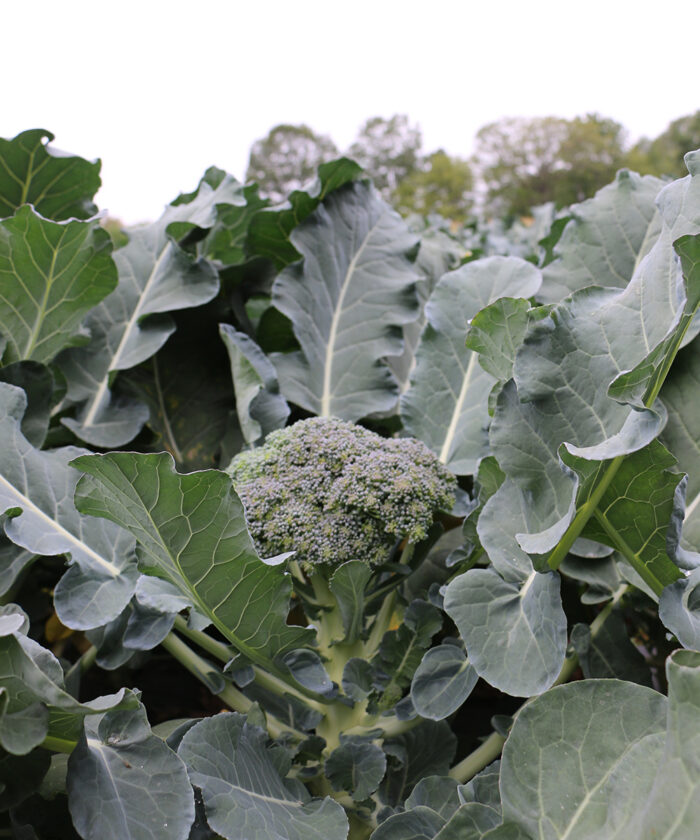
Like tomatoes, brassica crops raised and picked at home are significantly tastier than those available in a supermarket. But as healthy and flavorful as homegrown brassicas can be, they seem to be equally tasty to garden pests. If you’ve struggled with raising cabbage, kale, cauliflower, and other brassicas, a few new tips, and some new research, may help you succeed this year.
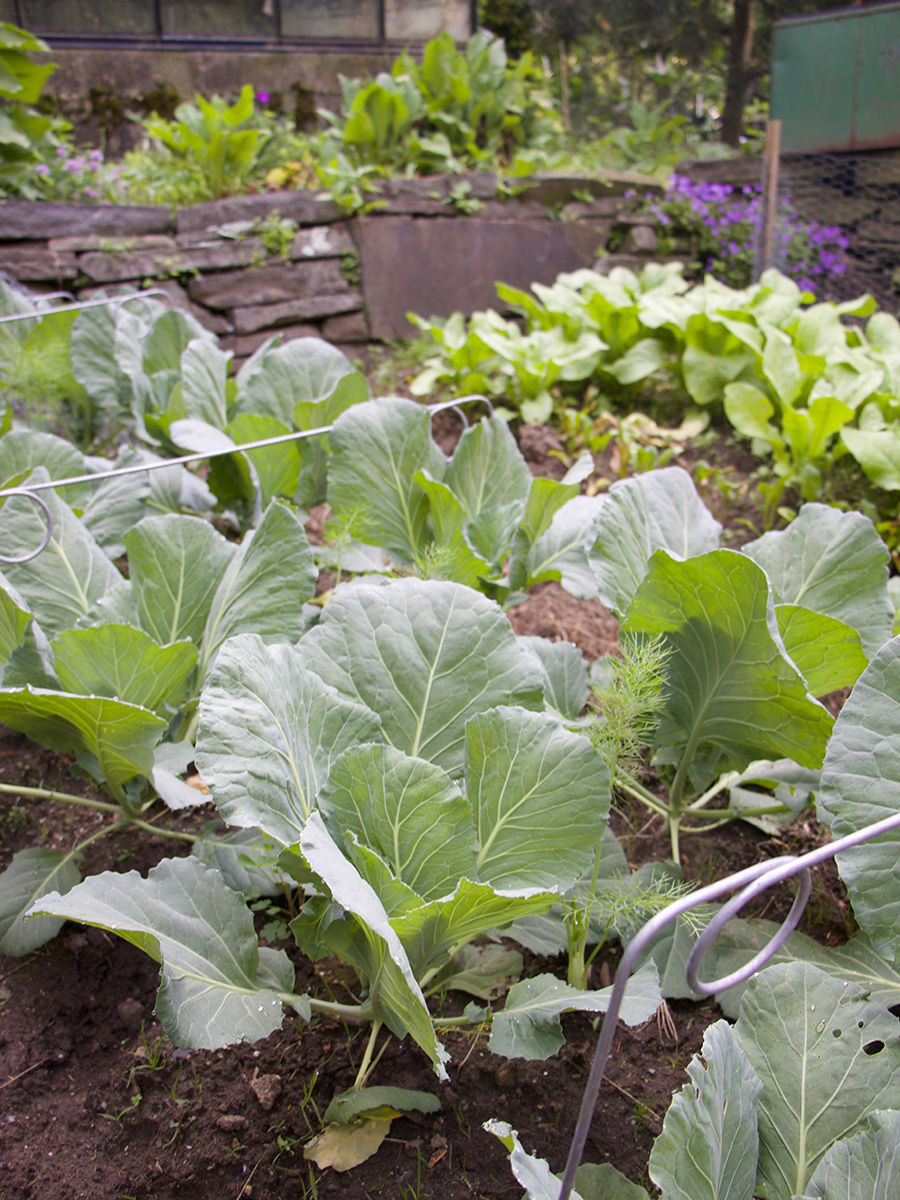
Understanding the native climate
Most of our brassica crops are native to the warm Mediterranean and come from the same species, Brassica oleracea. Most common brassica vegetables, from cabbage to cauliflower to kale, evolved or were selected from this biennial species. Seeds of this Mediterranean-native naturally mature and drop onto warm soil—nearly 85°F. The seedlings then utilize the fall rains, and later the cool Mediterranean winter months, to mature.

Seedlings don’t handle stress well
While brassica plants can withstand cold temperatures, it’s a bit of a misconception to refer to them as “cool-weather” crops. “Cold-tolerant” is a better phrase, but typically this means that they prefer cool growing conditions while they are maturing. While seedlings won’t die if exposed to cold temperatures in the spring, they will suffer. Cold stress on seedlings is exhibited by yellowing leaves or a reddish, rosy blush on the foliage. A root-bound seedling will also never recover from such stress.
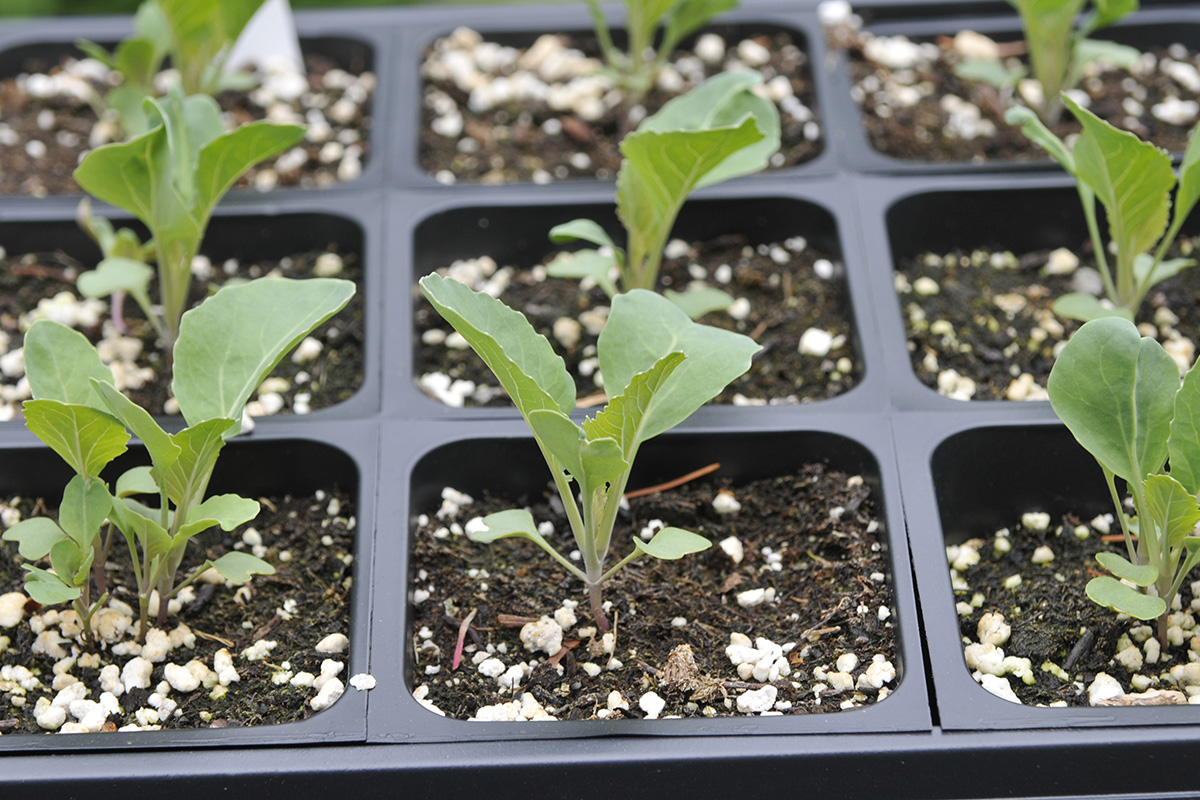
Sowing later is the key to stronger plants
Waiting and starting plants from seed yourself remains the best bet unless you can find a garden center that starts its own plants from seed at the right date. If in question, know that all brassicas are remarkably speedy with their growth, and the closer one gets to the summer solstice in June, the quicker seeds will germinate—often in just a couple of days. A broccoli seedling sown outdoors on June 1 will always outperform a seedling sown in late April under lights. And if you’ve struggled with brussels sprouts not forming sprouts in the past, sowing later is often the trick.
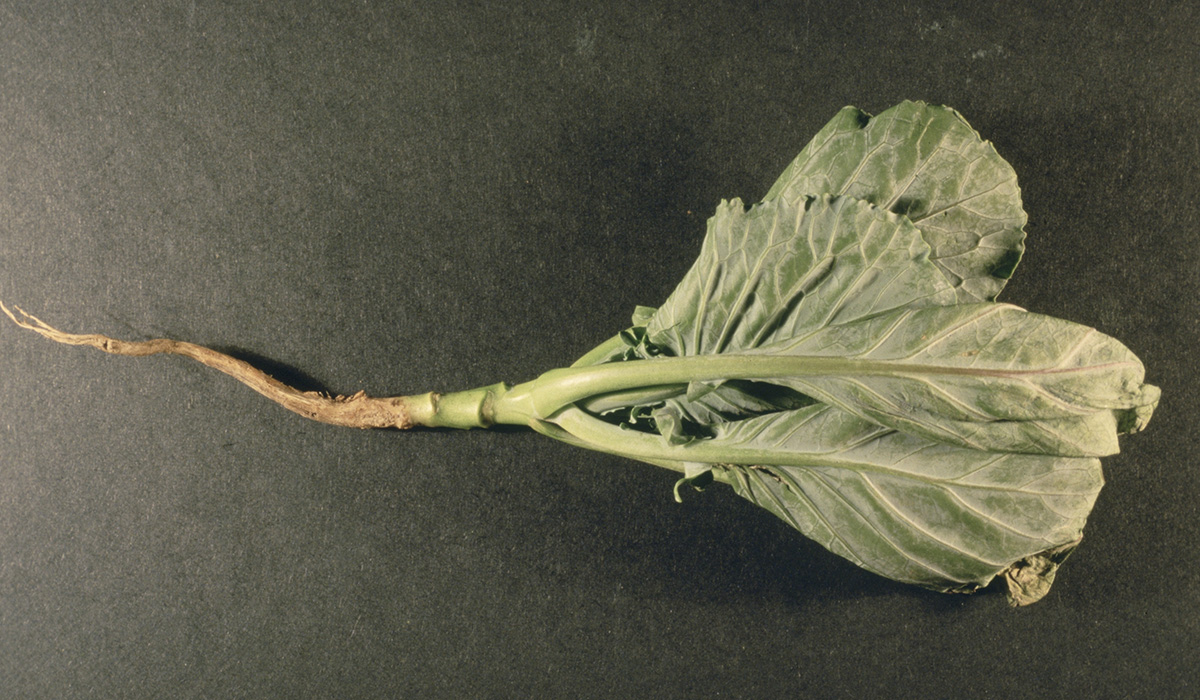
Skip spring sowing to avoid pests
More importantly, new research is revealing how we can outsmart common brassica pests organically simply by adjusting our planting schedules (in addition to crop rotation and use of floating row covers). Waiting to plant any brassica until late spring or early summer will help you outsmart the dreaded cabbage root maggot fly (Delia radicum). This pest plagues every gardener in the Northeast, as it munches on the roots of young plants. Old books may recommend placing a cardboard disk or collar around the base of seedlings, but the result of that technique is often disappointing. Now that the fly’s life cycle is better understood, we can avoid the worst of the damage by merely adjusting when we plant.
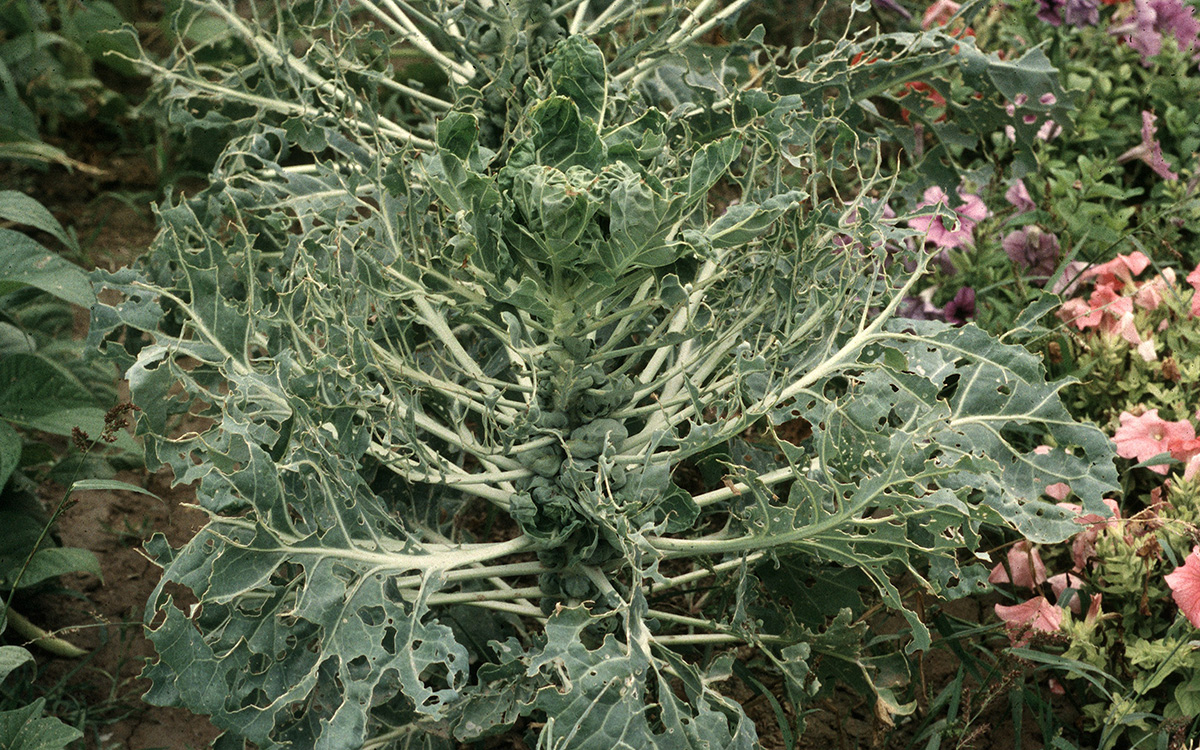
Use organic methods to get ahead of common pests
I have noticed local organic farmers setting out yellow sticky traps to identify when their first flight of cabbage root maggot fly occurs in spring. Every garden in the Northeast will have a flight date unique to its locality, and any of us can set sticky traps at home. I discovered that my hatch occurs around April 25. It is weather-dependent, but on a specific warm day, you will suddenly notice hundreds of tiny, black flies stuck to the yellow trap (they look like small houseflies). It is a little gross but delightful to see. There are later flights throughout the summer, but those are less damaging than the first spring flight.
Cabbage butterfly (Pieris rapae) is another story. They are damaging enough, but aside from using Bt (B. thuringiensis), I usually just cover my crops with a floating row cover that I’ve neatly tucked in. The tip here is to protect plants, but not to do so too early, as a floating row cover will entrap the first hatch of cabbage root maggot fly. You don’t want to make that fatal mistake.
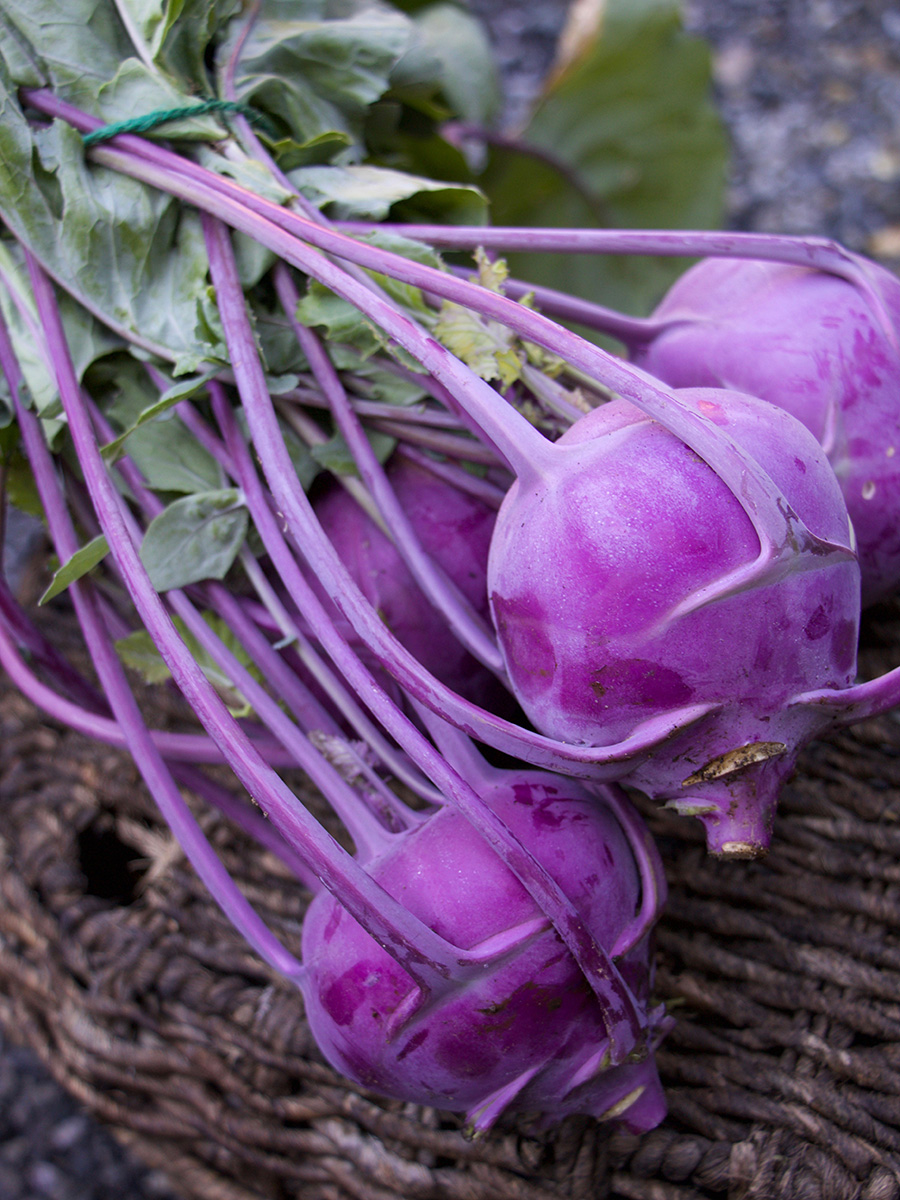
Know your schedule
Patience is perhaps the best method for dealing with brassicas. Wait until late spring to sow. Cover and protect both seedlings and young plants after the first hatch of the cabbage root maggot fly, and adjust your planting schedule for broccoli, cauliflower, brussels sprouts, and late cabbage to mid-June to early July.
Save early spring for the quick-growing brassicas like arugula, kohlrabi, and baby kale. They are all less affected by pests, mature quickly, and are often picked young. For more tips on how to grow brassicas, read on here.
—Matt Mattus is a lifelong gardener and vice president of the Worcester County Horticultural Society. He’s written two books: Mastering the Art of Flower Gardening and Mastering the Art of Vegetable Gardening.
Fine Gardening Recommended Products

Razor-Back Potato/Refuse Hook
Fine Gardening receives a commission for items purchased through links on this site, including Amazon Associates and other affiliate advertising programs.

Berry & Bird Rabbiting Spade, Trenching Shovel
Fine Gardening receives a commission for items purchased through links on this site, including Amazon Associates and other affiliate advertising programs.

The New Organic Grower, 3rd Edition: A Master's Manual of Tools and Techniques for the Home and Market Gardener, 30th Anniversary Edition
Fine Gardening receives a commission for items purchased through links on this site, including Amazon Associates and other affiliate advertising programs.







Comments
Log in or create an account to post a comment.
Sign up Log in